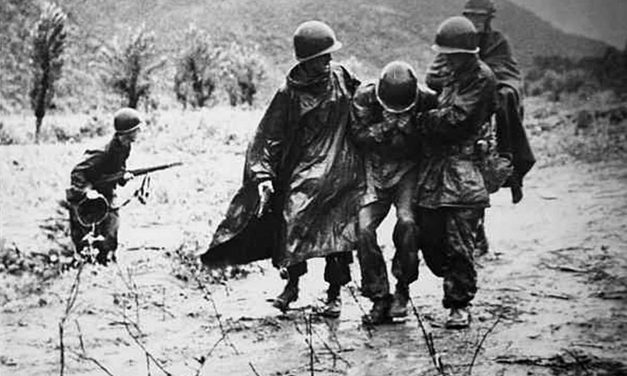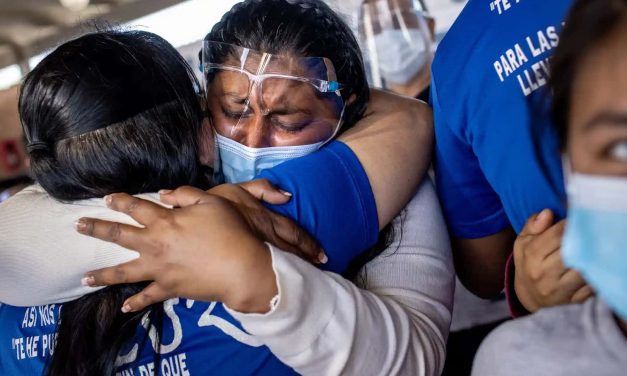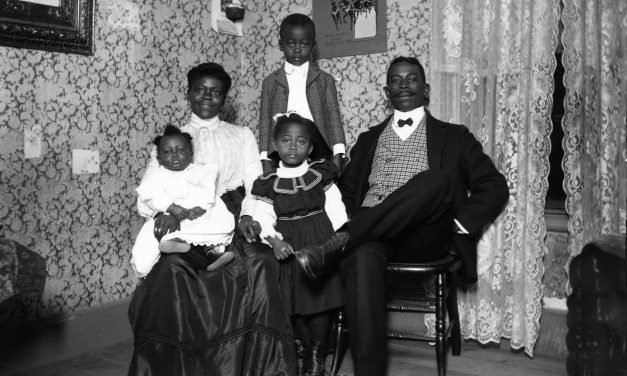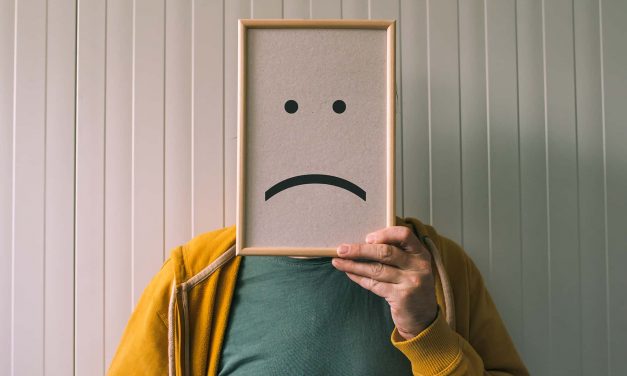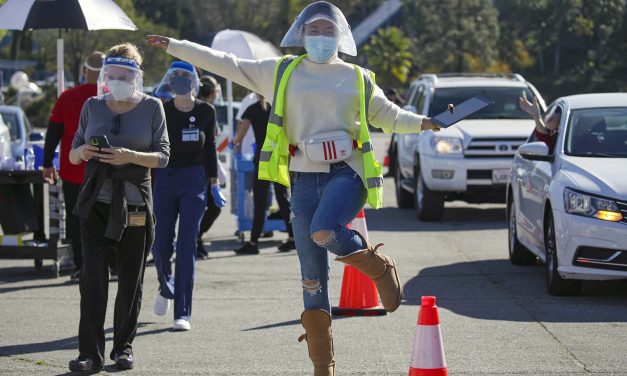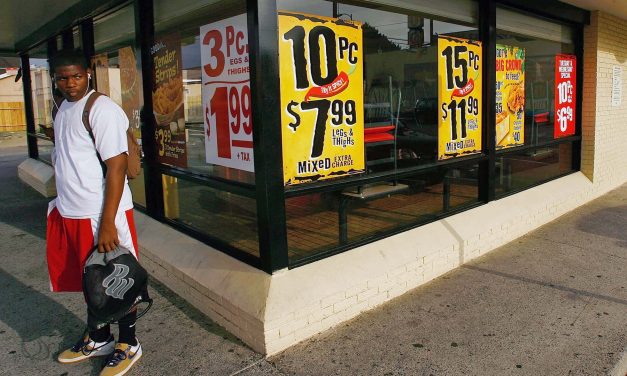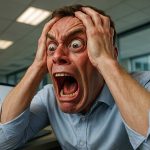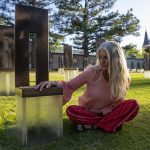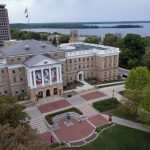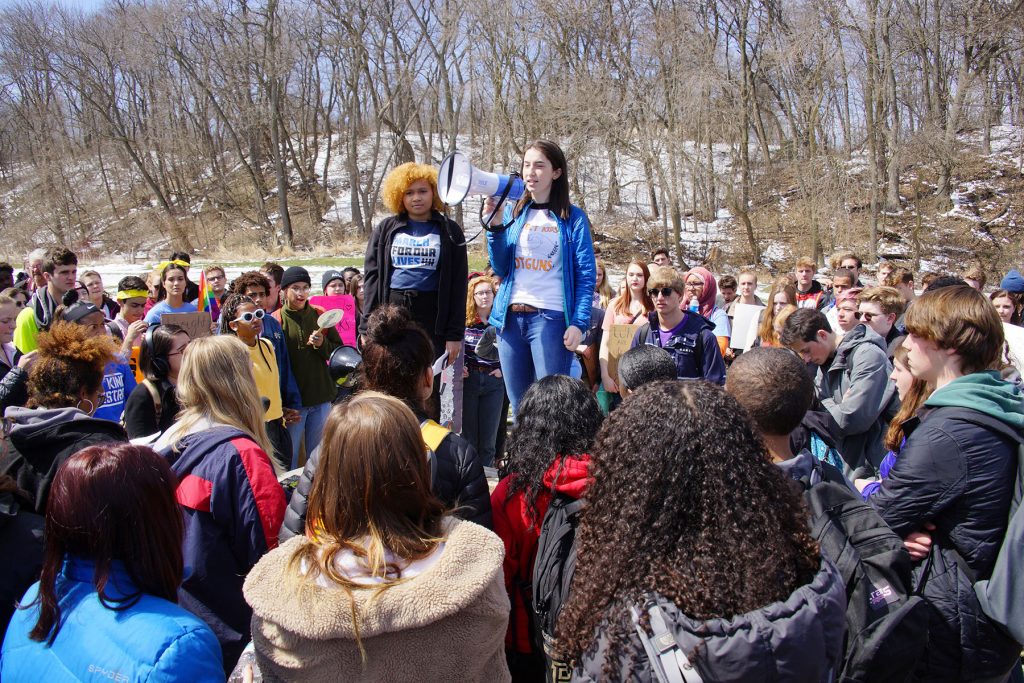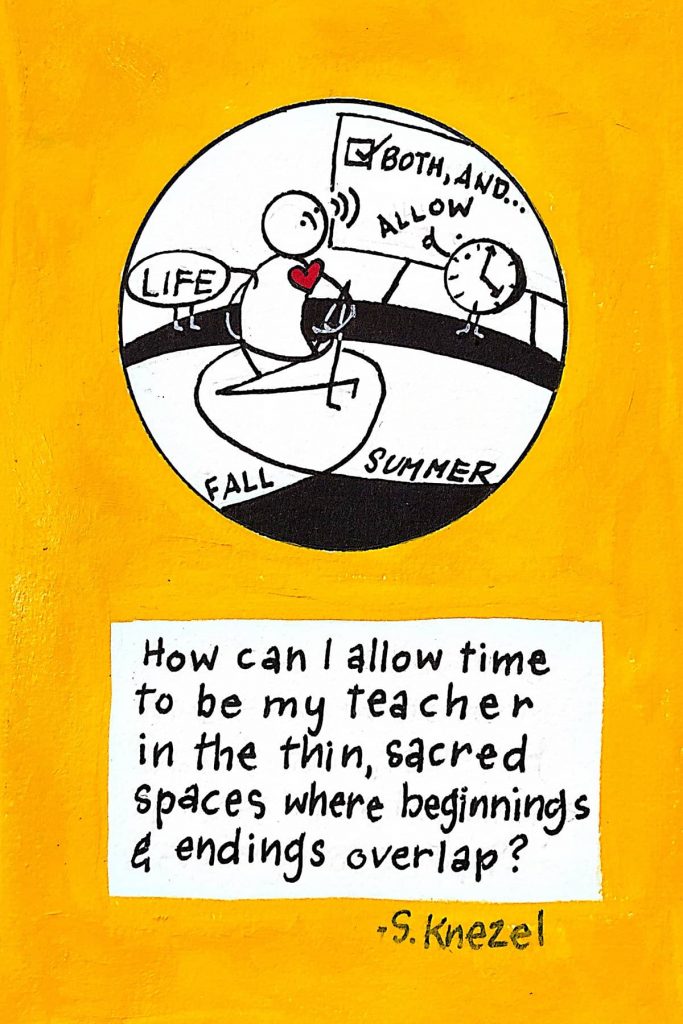Emil Kapaun’s spiritual heroism: Vatican advances Korean War chaplain closer to Sainthood
By Joanne M. Pierce, Professor of Religious Studies, College of the Holy Cross At the end of a small cemetery on the campus of the College of the Holy Cross, the Jesuit college where I teach, is the grave of Joseph O’Callahan, former professor of mathematics. O’Callahan is one of the few Catholic military chaplains to have been awarded the Congressional Medal of Honor, for his heroic actions during World War II. Only five Catholic priests have received this highest American military honor. Two of them are in the process of being considered for the highest honor recognized in...
Read More
